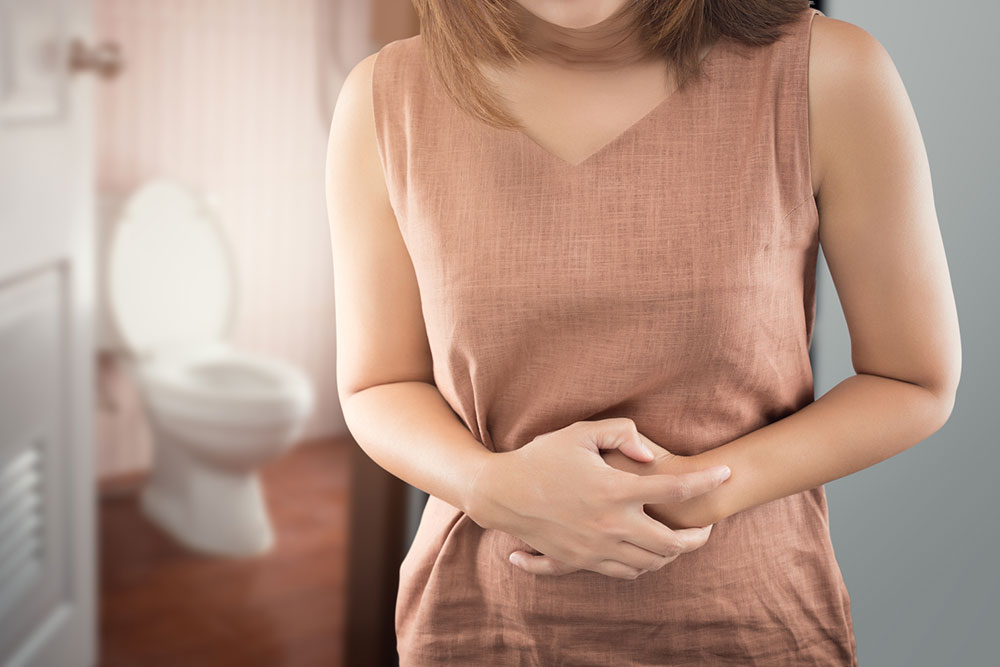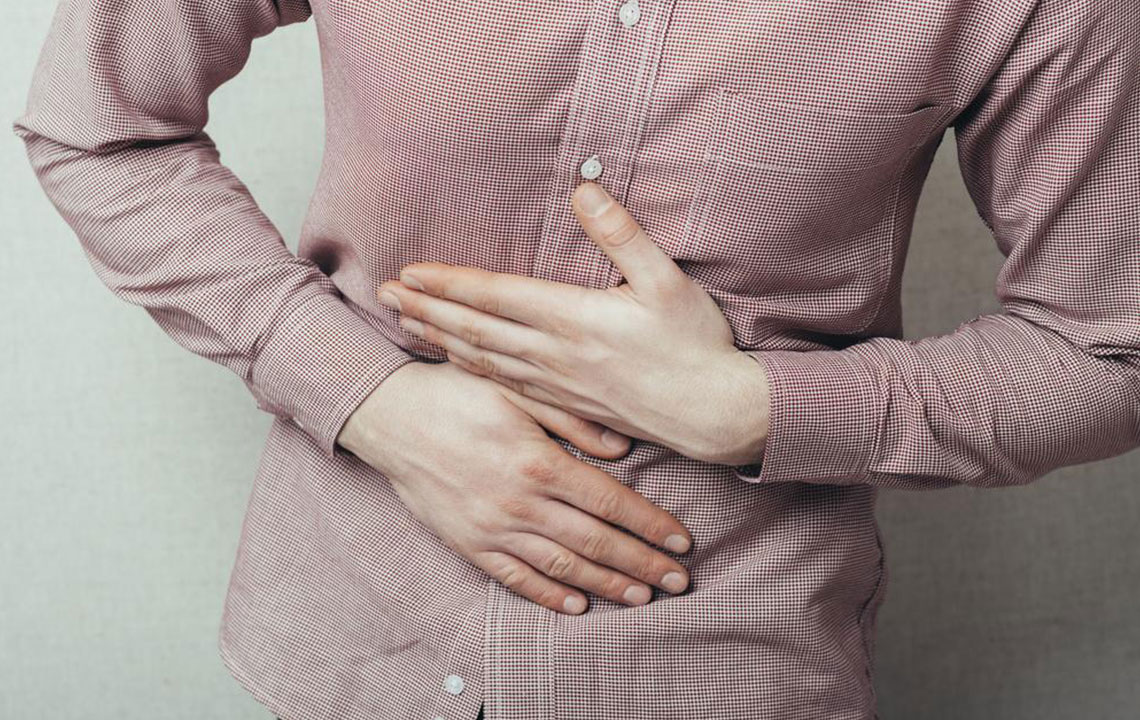Understanding Norovirus: Causes, Symptoms, and Prevention Strategies
Norovirus is a highly contagious virus causing gastroenteritis, prevalent in crowded settings. It spreads through contaminated food, water, surfaces, and close contact. Symptoms include nausea, vomiting, diarrhea, and cramps, usually lasting 1-3 days. Prevention focuses on hygiene, disinfection, and safe food practices. While recovery is common, vulnerable groups may face severe dehydration. Proper hydration and hygiene measures are essential for management. Early diagnosis and supportive care can effectively control the infection's impact, making awareness and prevention critical to avoid outbreaks.
Sponsored

Norovirus is a highly contagious virus responsible for gastroenteritis, causing inflammation of the stomach and intestines. Outbreaks are common in crowded environments like schools, hospitals, nursing homes, cruise ships, and eateries. It spreads easily through contaminated food, water, contact with infected persons, or contaminated surfaces. Most individuals recover without serious issues, but vulnerable groups like children, seniors, and immunocompromised may experience prolonged or severe symptoms.
The outbreak was first identified in a school in Ohio in 1968, known initially as the Norwalk virus.
Symptoms of norovirus usually appear within 12 to 48 hours after infection and last for 1 to 3 days. Some individuals, especially those with existing health conditions, may experience symptoms for longer periods. Infections can sometimes be asymptomatic. Common signs include nausea, vomiting, diarrhea, stomach cramps, muscle aches, and mild fever.
Norovirus spreads primarily through contaminated food, water, or contact with infected individuals and surfaces. The virus is resistant to extreme temperatures and many disinfectants, making eradication difficult.
Ingesting contaminated food or water
Touching the mouth after contact with contaminated objects or surfaces
Close proximity to infected persons
Preventive measures include thorough handwashing with soap and water, disinfecting surfaces regularly, avoiding contaminated food and drinks, and practicing good hygiene after restroom use or diaper changes. Proper cooking of seafood and cleaning fruits and vegetables are also crucial in prevention.
Wash hands carefully with soap and water for at least 20 seconds
Use disinfectants and bleach solutions on contaminated surfaces
Avoid consuming food prepared by sick individuals
Diagnosis typically involves stool testing to identify the virus, especially in individuals with compromised immune systems. There is no specific antiviral treatment for norovirus. Management mainly involves supportive care like hydration through oral or IV fluids, and medications may be used to control nausea and diarrhea.
Maintain hydration with rehydration solutions, broths, or electrolyte drinks
Avoid fatty, spicy, or heavy foods during recovery
Eat small, bland meals such as toast, bananas, rice, or chicken
To reduce symptom severity, limit social contact while infectious and avoid cooking for others until fully recovered.
While most recover without complications, severe dehydration can occur, especially in vulnerable populations like elderly, young children, pregnant women, or those with other health issues. Signs of dehydration include dizziness, decreased urination, dry mouth, and fatigue. Immediate medical attention is vital if symptoms worsen.
Overall, prompt diagnosis, proper hygiene practices, and staying hydrated can effectively manage norovirus infections, which typically last only a few days. If symptoms persist beyond three days, consult a healthcare provider for further care.






